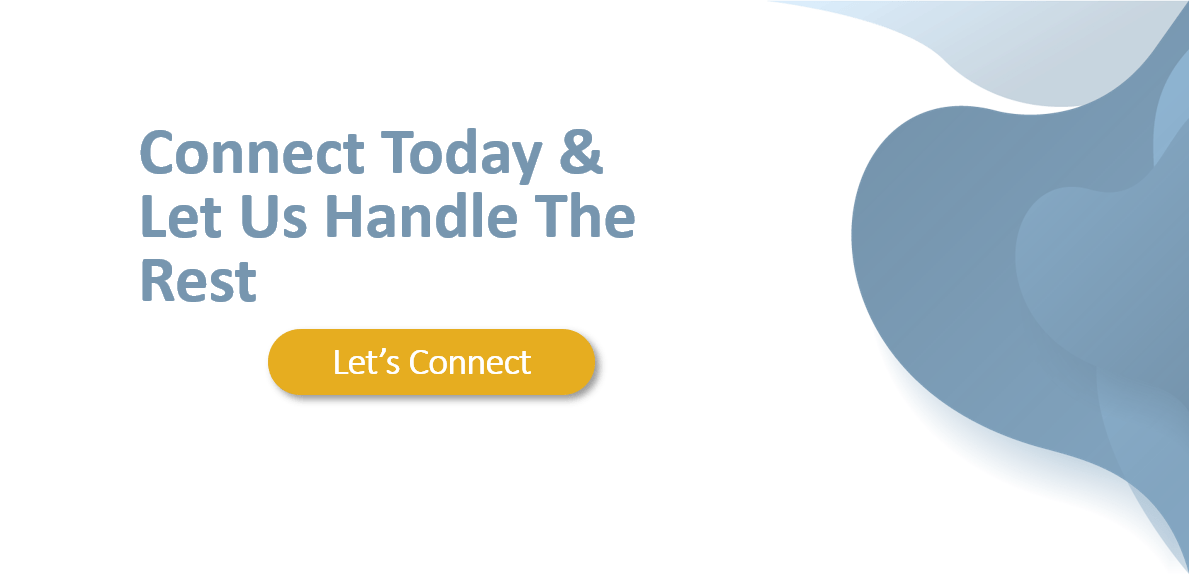Excited to know about how to improve customer retention using Retargeting PPC campaigns?
You might have visited a website, logged off, came back the next day, and found an ad for the same website on your screen.
Conversely, you may have visited an online marketplace, added a few items to your cart, but didn’t ultimately check out.
The next time you are checking your emails, you will have ad promotions featuring the items you had left behind in your cart. These are some of the common examples of remarketing or re-targeting that almost all people experience on the web. Such digital marketing campaigns make use of advanced analytical analysis, intelligence, and data to encourage you to go back to the website you “bounced” from. Professional remarketing services are sought out by companies to drive high-quality leads to their website, who have good odds of getting converted into paying customers.
What is Remarketing?
Remarketing is the system through which discerning search engine display networks like Microsoft Ads and Google Display Network utilize online tracking cookies to provide tailored ads to individuals engaging with a particular aspect of a landing page or website. Such digital marketing campaigns aim to remind the online users, who have already gone through the website or product awareness stage, to take a certain action. This action can be to purchase an item, subscribe to a newsletter, try out a service, and more. With the help of remarketing you can reach out to the prospects or leads that have interacted with your content before and entice them to further engage with your brand.
Remarketing vs. Re-targeting
There are many instances where people use remarketing and re-targeting interchangeably because they refer to quite a similar system of digital marketing. Both of them emphasize trying to explore the potential of leads that have left your website without converting. However, both of them have a distinctive approach to reaching this goal.
Re-targeting largely refers to the display ads seen as boxes and banners on a website, implemented through an ad network. Your website shall be submitted to the Display Networks so that they can utilize varying tracking tools, including cookies, to trail the actions of discerning users and their history in a common “you saw this, and hence you might like this” manner. Microsoft (Bing) Audience Network, Facebook Ads, and Google Display Network are some of the most popularly used display networks.
On the flip side, remarketing involves re-engaging your lost website visitors with the help of email campaigns. No matter whether you are highlighting any kind of reminder, deal or promotional offer in your email, remarketing emails are mostly about reminding the leads about the existence of your business. To effectively carry out this process, you must, however, have a robust mailing list of prospects.
Remarketing services target leads that have left your website without making a purchase or even have simply visited it once or used your mobile application. With this process, you shall have a third party showing relevant ads to these potential patrons while trying to reconnect with them.
Both remarketing and retargeting are a type of pay-per-click campaigns. While they do not result in the same click-through rates as a standard PPC campaign, both processes o a long way in reinforcing your brand to a potential patron who has already expressed an interest in your brand.
Email Re-marketing
While new digital marketing keeps coming up with every passing day, email marketing has maintained its stronghold for decades. Most people check their emails at least once a day, making their inbox the best way to reach out to them. Email remarketing especially uses valuable data associated with your target audience to help you achieve improved conversions through personalized email marketing campaigns. As a user visits your website, you can easily access their navigation data through a browser cookie. This action-based and behavioural data can subsequently design personalized email campaigns for them. Email remarketing can aid you to carry out highly targeted campaigns that have commendable chances of leading to conversions.
Email remarketing can especially help you to:
Re-engage your leads:
A good number of your website visitors may explore a couple of product pages and then simply leave without taking an action. Through email remarketing, you can effectively use tracking information to display relevant ads on their emails, including specialized offers associated with the items they just saw. An experienced remarketing agency can aid you to use this system wisely, and ultimately re-engage inactive leads and accelerate customer retention among active users.
Gain improved click-through rates:
Owing to the personalized and relevant ads shown through remarketing, they have better click-through rates than any typical PPC campaign.
Drive greater sales:
With the growth in click-through rates and better chances to convert, your leads would invariably have superior odds to bring revenue for your brand. This largely happens as your ads hit the right person at the right time.
 Most times, remarketing campaigns reduce the cases of cart abandonment to a great extent.
Most times, remarketing campaigns reduce the cases of cart abandonment to a great extent.
References:
10 Amazing Ways to Harness the Power of PPC Remarketing Campaigns (searchenginejournal.com)
FAQs on Remarketing vs Retargeting
Q. What is remarketing?
A. Remarketing is a digital marketing strategy where businesses re-engage with users who have previously interacted with their website or mobile app, typically through email campaigns.
Q. What is retargeting?
A. Retargeting refers to the practice of displaying ads to users who have visited your website or app, using display ads through ad networks like Google Display Network.
Q. How do remarketing and retargeting differ?
A. Remarketing primarily uses email to re-engage with past visitors, while retargeting uses display ads on various platforms to target users based on their previous online behavior.
Q. What are the benefits of retargeting?
A. Retargeting helps increase brand recall, improve conversion rates, and target users who have already shown interest in your products or services.
Q. Can retargeting lead to higher conversion rates?
A. Yes, since retargeting targets users familiar with your brand, it often results in higher conversion rates compared to standard PPC campaigns.
Q. Why is remarketing effective for customer retention?
A. Remarketing allows businesses to send personalized emails to users based on their previous interactions, which helps in re-engaging and retaining customers.
Q. What are the best practices for retargeting campaigns?
A. Best practices include segmenting your audience, creating personalized ad content, setting frequency caps, and continuously testing and optimizing your campaigns.
Q. How does remarketing work in email campaigns?
A. ‘Remarketing in email campaigns works by tracking user behavior on your website and sending targeted emails based on that behavior, such as abandoned cart reminders.
Q. Is retargeting cost-effective?
A. Retargeting can be cost-effective as it focuses on users who are already interested in your products, potentially leading to higher ROI.
Q. How do privacy concerns affect retargeting and remarketing?
A. With growing privacy concerns and regulations, it’s important to ensure compliance with data protection laws and provide users with options to opt-out of tracking.




